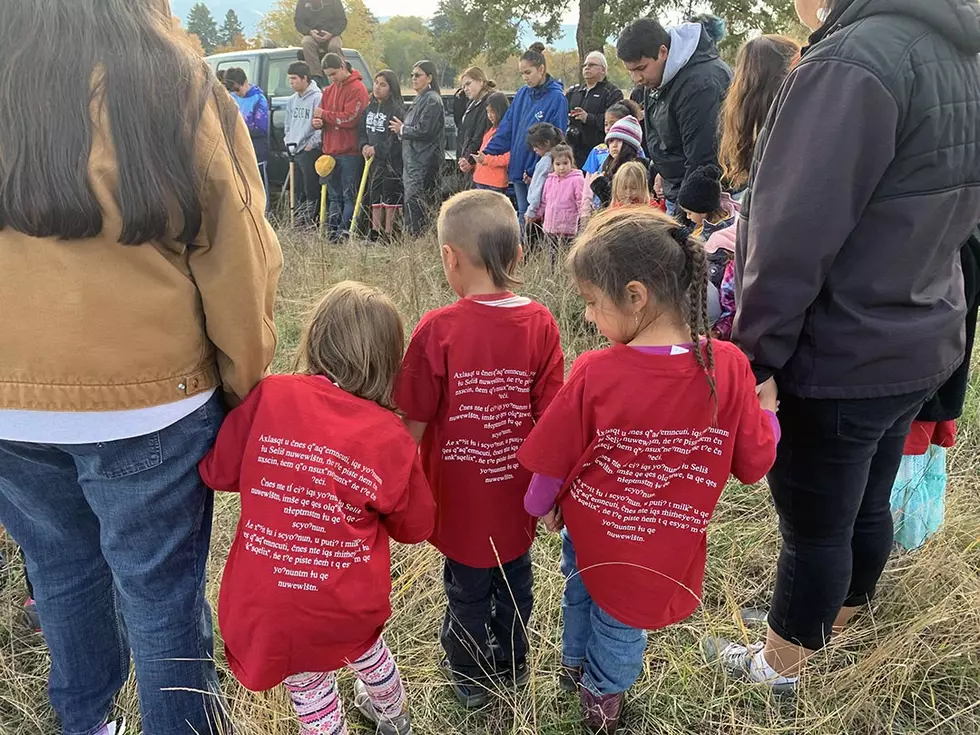
State of Montana initiates Confederated Salish and Kootenai Tribes land swap
A final step of the federal legislation approving the Confederated Salish and Kootenai Tribes water compact could transfer more than 29,000 acres of the reservation to tribal ownership.
This week, Gov. Greg Gianforte sent a letter to the U.S. departments of Agriculture and the Interior requesting to begin the process that would exchange state trust land within the Flathead Reservation for other federal land within the state. The exchange will eventually restore more than 29,000 acres of state land to the CSKT while Montanans get a little more federal public land outside the reservation.
"The state land exchange process is a win-win-win for the state, the Tribes and the American taxpayer. It provides significant economic benefits for the state and its ability to provide a well-funded education system through land consolidation; it allows for improved resource management through return of Tribal homelands; and it save taxpayers billions by resolving complex liability," said CSKT Chairman Tom McDonald.
The main purpose of the Montana Water Rights Protection Act was to ratify the CSKT water compact that was passed by the Montana Legislature in 2015. The compact finalized which water rights are owned and managed by the CSKT based upon promises made in the Hellgate Treaty of 1855.
All tribes and federal landowners have water compacts with the various states, although some, like the Fort Belknap Reservation, are still waiting for Congressional approval.
Sen. Jon Tester introduced the Montana Water Rights Protection Act in 2016. By the time it was passed in December 2020, it contained two additional details: the land exchange and the transfer of the National Bison Range from the U.S. Fish and Wildlife Service to CSKT management.
Since then, the various parts of the act have slowly been implemented. In June 2021, the USFWS officially transferred control of the Bison Range to the tribes. The water board that oversees reservation water rights issues was convened on Feb. 2 and has now had six meetings. So the final step is getting the land exchange underway.
The Montana Water Rights Protection Act identifies almost 37,000 acres of trust land on the reservation but a Department of Natural Resources and Conservation assessment determined only 29,200 acres qualify for the land exchange. State trust land doesn’t include state lands such as state parks, wildlife management areas or fishing access sites.
For Montanans who lease state land on the reservation for agricultural or timber purposes, the state will terminate the lease if the land is selected for exchange. The CSKT may offer some lands for lease after the exchange.
The act requires that the federal government prioritize exchanges of federal public land and Montana state trust lands during the next five years. The State Land Board will approve all exchanges and will prioritize federal lands that allow additional public access and that consolidate other state land holdings.
“While there is not a specific land exchange proposal at this time, the State has begun examining the eligibility of State trust lands within the Reservation to participate in the exchange. We will regularly engage with lessees who may be affected by any future exchange under the MWRPA,” said Shawn Thomas, DNRC Trust Lands Division Manager.
Contact reporter Laura Lundquist at lundquist@missoulacurrent.com
